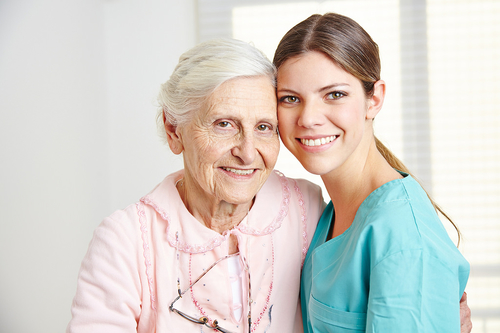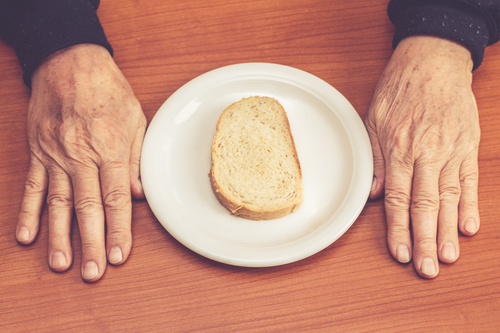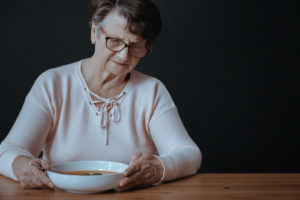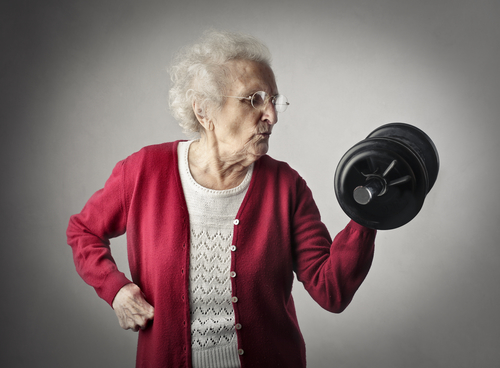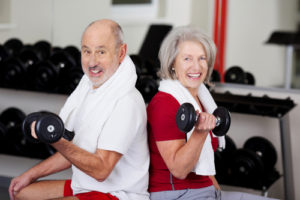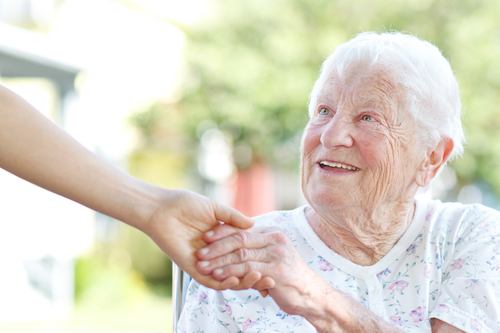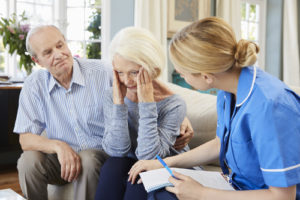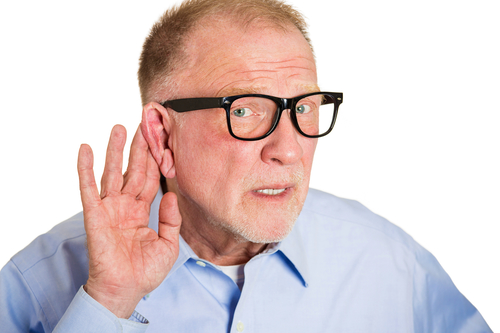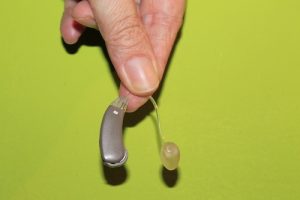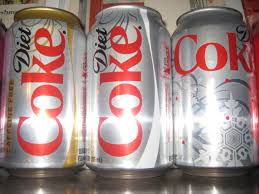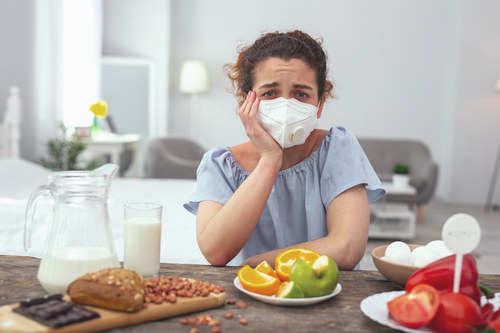Do you know the difference between geriatricians vs primary doctors? Both are doctors, and both can help you stay healthy. Geriatricians focus on senior care. Sometimes they have individual offices, or they work as a consultant for primary doctors.
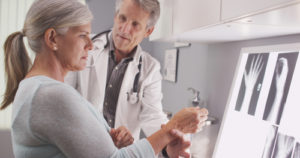
Geriatricians Vs Primary Doctors
This type of doctor is more than just a specialty. The current state of primary care isn’t prepared for the influx of the senior population that’s coming. Some primary doctors are even unwilling to see older patients.
Especially, people with many different chronic illnesses, have dementia, or other related issues due to aging.
Primary care doctors are under stress because they have a broader population of patients to see and can’t give the time senior patients deserve. Primary doctors are also expected to see more patients and spend less time with them. Due to these constrictions, they don’t want to see time-consuming senior patients.
Where are all the Geriatricians?
You would think that because the geriatric field is wide open, young doctors would be rushing to it. Sadly, that’s not the case. Many geriatric fellowship programs don’t get filled up due to lack of interest.
Geriatricians don’t make a lot of money compared to doctors that get paid for seeing as many patients as they can or doing procedures. In fact, they make less than any other specialty doctor.
Why would young people go into this field, knowing that they have thousands of dollars in student loans?
This type of doctor is used to working in teams: working along with specialist physicians, social workers, nurses, nurse practitioners, physical therapists, pharmacists, and nutritionists. They also recognize that social factors like transportation, nutrition, and housing can affect seniors.
Primary doctors may lack this sort of experience.
What are Some Solutions?
While not all primary care doctors are ill-equipped to work with seniors, there still needs to be back up before primaries are drowning in patients.
It’s actually thought that family physicians should double as geriatricians due to their training, which has a focus on a holistic approach. This could be a possible solution for the lack of geriatricians. If you can find one with this training, you should hold onto them.
Geriatricians have three essential skills that other physicians usually don’t. The first being trained in aging-related physiological changes and clinical syndromes. They have training in team-based care and systems of care for older adults. Finally, they have a clinical focus on functional status and a holistic approach to managing health. This means they share decision making with the patient.
Geriatricians also understand that seniors are different than the average adult. They lose some of the mechanisms that help systems adapt to changes and stress. This makes medications react differently and makes them agitate more easily.
Another solution is to have these doctors make more money is to pay them based on how much they save programs like Medicare. When people see a geriatrician, they can prevent hospital visits, which will cost more. This would be instead of getting paid per patient.
Read more here.
